China is one of the fastest growing economies in the world so it’s only natural that when it became the world’s largest importer of Soybeans everyone wanted to know why. This became ironic since soybeans were originally from China. But China isn’t ranked one of the world’s fastest growing nations for nothing. If it is importing so many soybeans then the question should not be why but rather what for.
Does china grow soybeans?
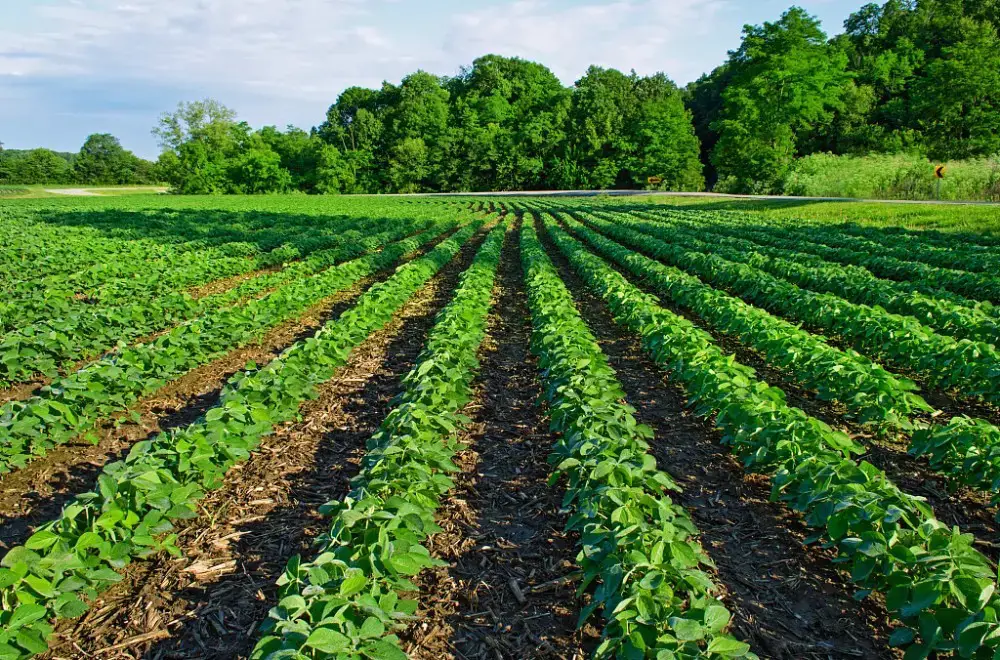
With China being the world’s largest soybeans importer you might think that it does not grow soybeans. This is however far from the truth. Soybeans are originally from China and as ironic as this may sound the countries from which china imports soybeans got their first seeds from china itself. Though it is evident that the production has declined in China, the crop is still grown in Heilongjiang province which is in the northeast region of China. The production is significant enough to place china in the fourth position when it comes to the global production of soybeans.
The soybeans that grow in Heilongjiang are genetically unmodified and are mostly used for domestic consumption. The production however continues to decline as farmers source higher income in planting corn than soybeans. The yields are also relatively lower compared to Brazil and US which are the leading producers. Despite this China is looking to improve its domestic production of soybeans by 40 percent between now and the year 2025. This comes amid alarms about the nation’s food security.
The soybeans that are grown in China continue to meet the people’s demands as it is used to make a variety of products like soymilk, tofu, miso, and soy sauce that are consumed across that country.
History of the soybean
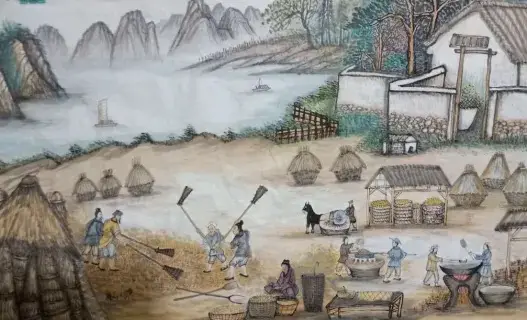
Soybeans were native to East Asia long before written records became a thing. The first notable evidence of this legume plant was in 7000 BC. It was then grown mostly in China, Japan, and Korea where it was consumed as regular beans, bean curd, or soymilk. By the 17th century, soybeans reached the Indian subcontinent through trades by Europeans of Portuguese, Spanish and Dutch. They were later introduced to America and Europe from China in the 18th century and the 19th century, to Africa as well.
As the soybeans went on to spread across the continents their cultivation was also picked up. The Indian subcontinent, Iberia, and Spain were among the first to attempt the cultivation of soybeans. These legumes continued to go around through sailors to China and other traders. They took a foundation in Georgia, North America when Samuel Bowen and Henry Yogen grew the seeds in Savannah and Skidaway Island and used the beans to make soy sauce. Caribbean and West Indies received the bean from the soy sauce made by Samuel Bowen. The cultivation went on to Italy and was grown in botanical gardens in late 1700.
In 1882 the soybean arrived in Argentina, South America and Andrew McClung suggested that with if soil amendments were made in the Cerrado region of Brazil then the area would support the growth of soybeans. When the Nixon administration imposed an embargo on US soybean export as a result of a mistaken portend of shortage by the future market, Japanese importers lost faith in the US supplies and turned to the Brazilian industry. Brazil has since then gone ahead to become the world’s largest producer of soybeans.
History of soybean planting in China
Soybeans were first domesticated in China. They date back up to the 11th century BC in the eastern half of north china. Anciently, when Manchuria (now the northeast of china) was still an independent nation, it together with China was the world’s leading producer of coffee. Together they produced over 87 percent of the world’s soybeans. Soybeans were Manchuria’s most important agricultural product and it was greatly exported to other nations. As the exportation continued the US picked up the cultivation and the production of soybeans declined in China. The decline was also a result of the civil war that was within China and the revolution. The Japanese invasion also caused a large reduction in production but China was still producing a good percentage of the world’s produce.
China started to invent ways of transforming soybeans into things like tofu, miso, sprouts, and soy flour. The soybeans did well considering a large population of china preferred a vegetarian diet. The production of soybeans continued to get low and China started to import from the US. Domestic production did not however die. The province of Heilongjiang continued the production and the soybeans did well in its black soil. Though China is currently the fourth-largest producer of soybeans globally, it remains the home of soybeans and takes pride in producing soybeans that are free from genetic modification. Most of the domestic soybeans are used for human consumption while the imported ones are mostly crushed into soybean meal to feed the livestock.
10 products made from soybeans
Soybeans are incorporated into Chinese cuisine in several different ways. Some of the products that are sourced from soybeans have gone to become favorites of not only Chinese nationals but also of a huge part of the global population. Here are 10 products that are made from soybeans.
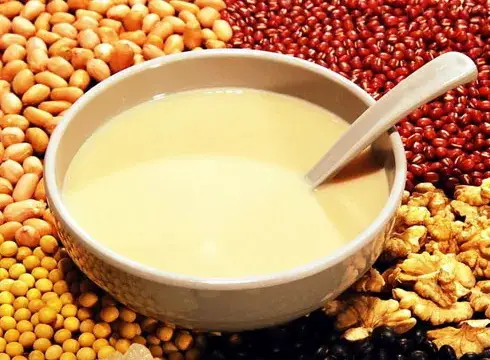
Soymilk is soybeans that have been soaked, ground, strained, fermented then produced into a fluid. It is a great substitute for ordinary milk and can be used for cooking or drinking. It is used for making smoothies sauces or even soup. It comes in vanilla and chocolate flavors.
- Tofu
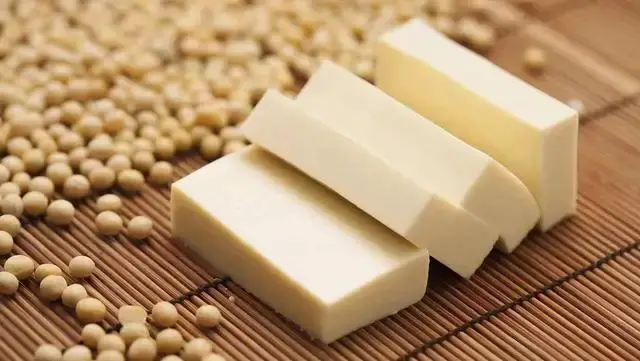
Tofu, otherwise known as bean curd is a soft cheese-like food made by coagulating soy milk and pressing the curd into solid white soft blocks. It is naturally flavored and often absorbs the favors of the other ingredients with which it is cooked. It is found in the refrigerated sections of grocery stores and can be used in soups and substitutes for mayonnaise.
- Soy yogurt

Soy yogurt is one of the best yogurts to have. It has several health benefits and a beany taste. It is made by fermenting freshly prepared soy milk, it is low in sugar and high in fat which gives it high nutritive value.
- Miso
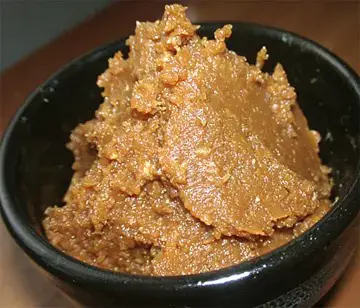
Miso is a Japanese seasoning paste that is made by fermenting soybeans and grains like rice or barley with salt and other ingredients. It is the main ingredient of Japanese soup and has a savory flavor that is salty and sweet. Aside from using it as a soup base, miso can also be used as a sandwich spread and salad dressing.
- Soy nuggets and granules
Processed soybeans are used to make soy nuggets and granules. The granules are the size of decorating sprinkles for cake and the nuggets are often referred to as vegan meat for their meaty texture and high protein content. They can also be added to other foods after a good soak in warm water. They can be added to stir-fries, curries, and cutlets. The nuggets can also be fried and eaten as snacks.
- Soy nuts
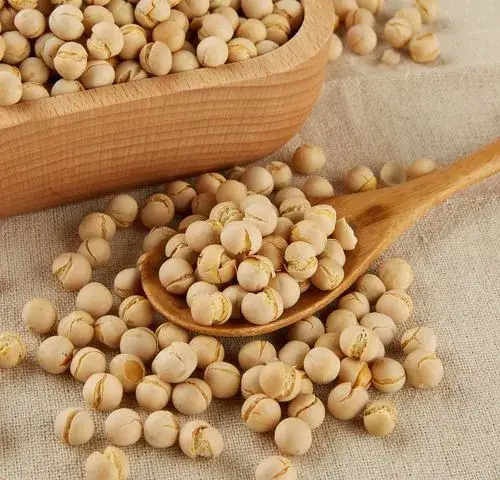
Soy nuts are soybeans that have been soaked in water, drained, and then baked until brown. They are crunchy and delicious snacks that are rich in protein. They are often used as substitutes for nuts. Roasted soy nuts are great snacks that can be found in most grocery stores.
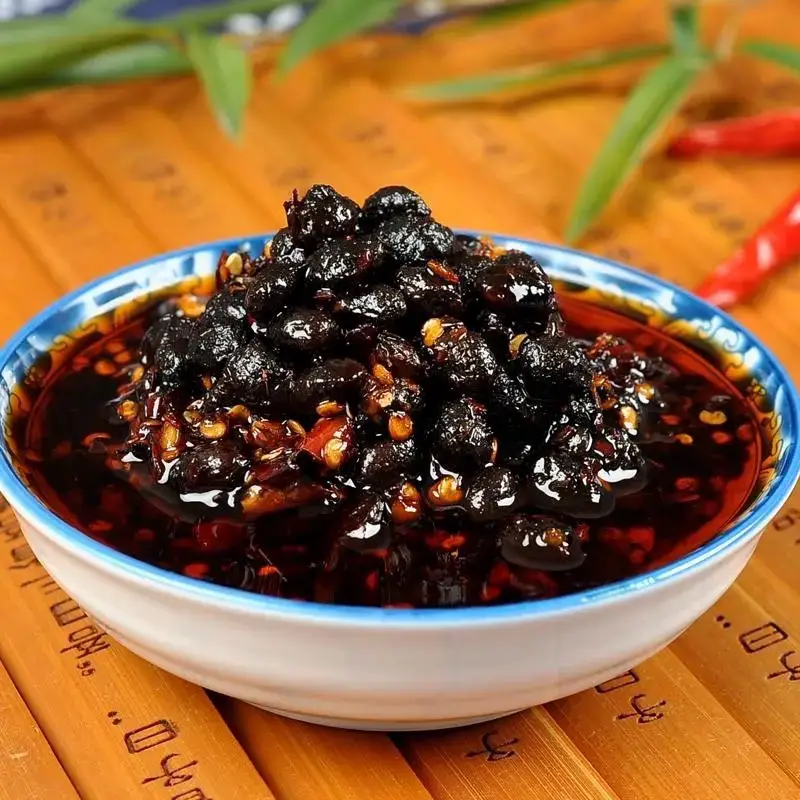
Soybeans are sometimes placed under controlled fermentation with other grains like rice or even millet. The product of this fermentation is what is called Fermented Bean Paste. It has a nutty flavor that almost tastes like mushroom. It comes in rectangular shapes.
- Soy flour
Soy flour is a common inexpensive product that is used to keep soybeans in your diet. Instead of going for the expensive soy products like soy milk and cheese you can opt for soy flour to make traditional recipes like soy bread, biscuits, roti blends, and other supplementary foods.
- Edamame
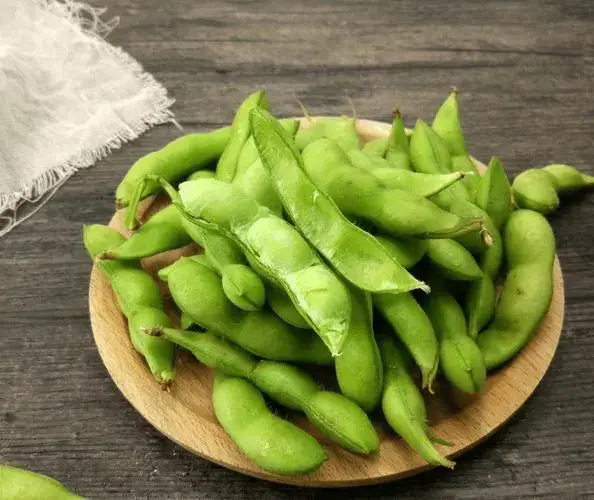
Edamame is soybeans that are harvested before maturity. The beans are always green and sometimes come in pods. They are sweet and easy to eat. You can cook them like any other beans and are edible when cold or warm. If the beans are shelled the best way to eat them is to slide the beans with your teeth into your mouth without eating the pods. You can simply snack on the beans or add them to your salad, pasta, or soup.
- Sprouts
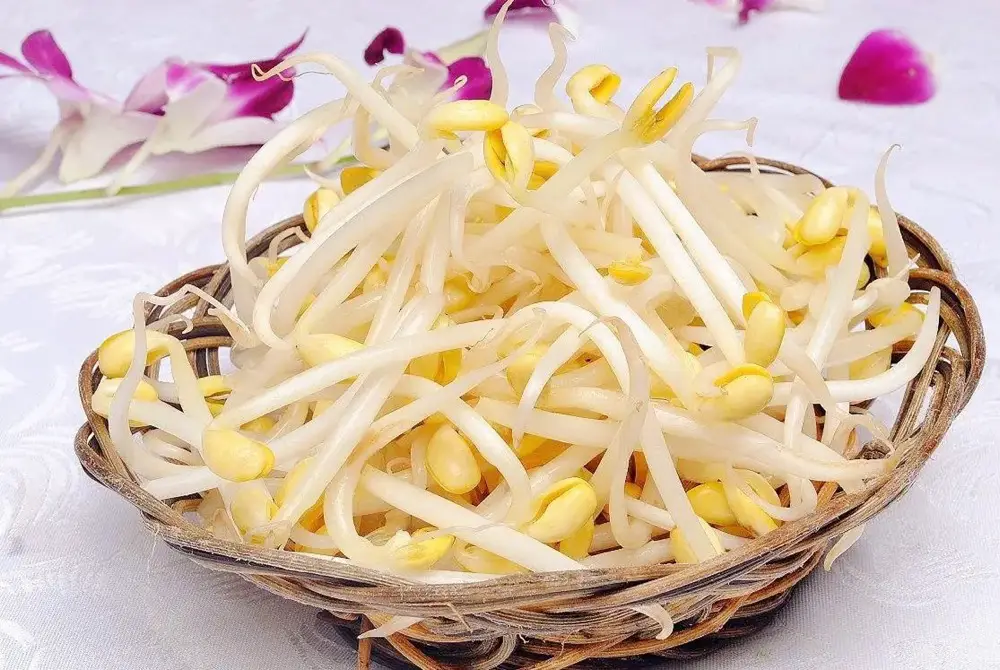
Soy sprouts are sourced from sprouting soybeans. They can be eaten raw as a culinary vegetable and are a great salad ingredient. They have a refreshing light and crispy taste.
Conclusion
Soybeans are native to China and so are most of the products that are made from them. Though massive production has shifted to other nations, china still grows them and uses them for consumption and making of livestock feeds.